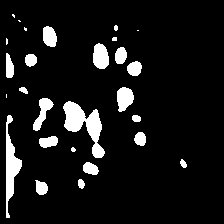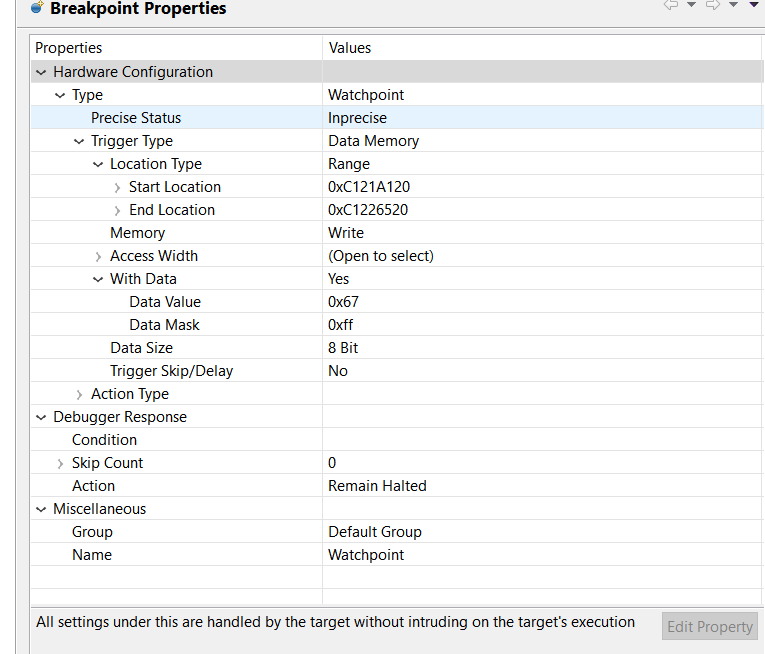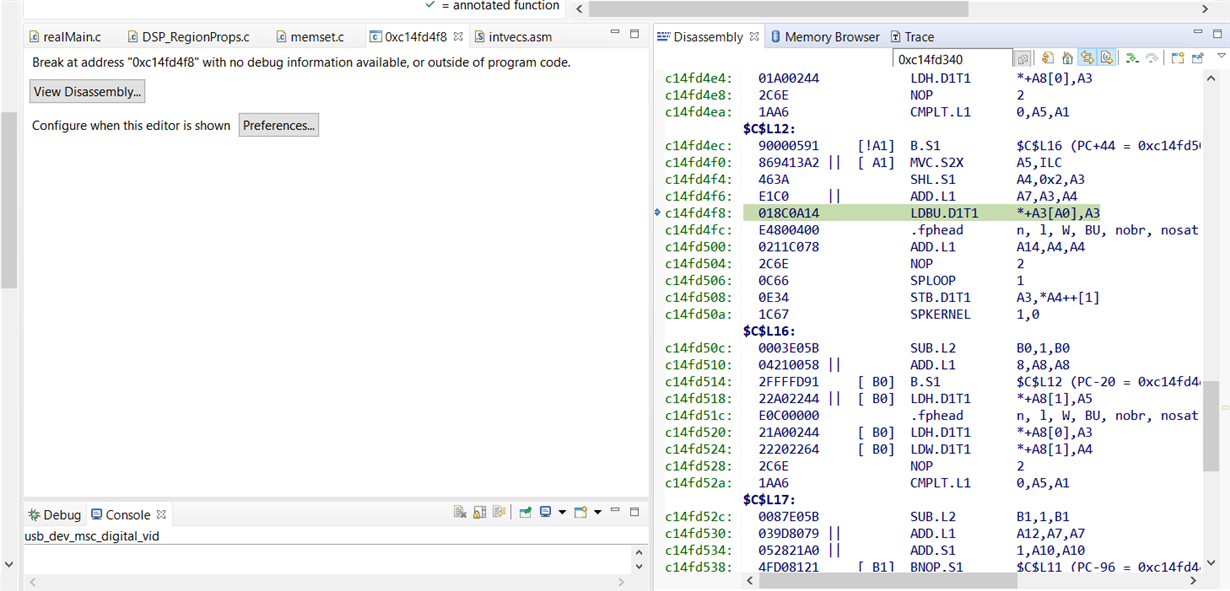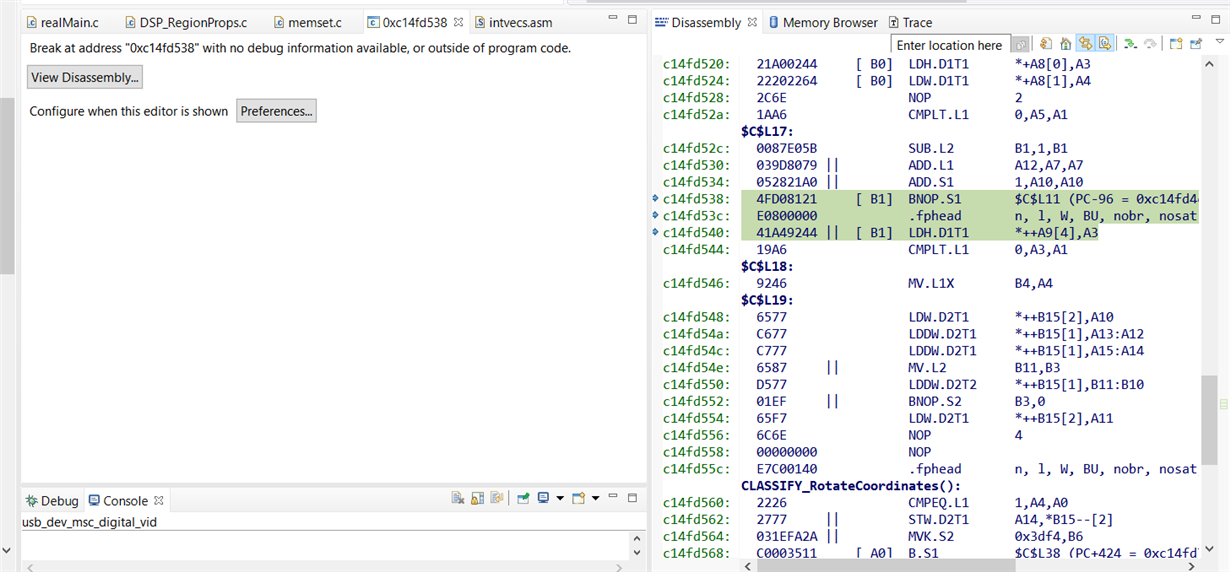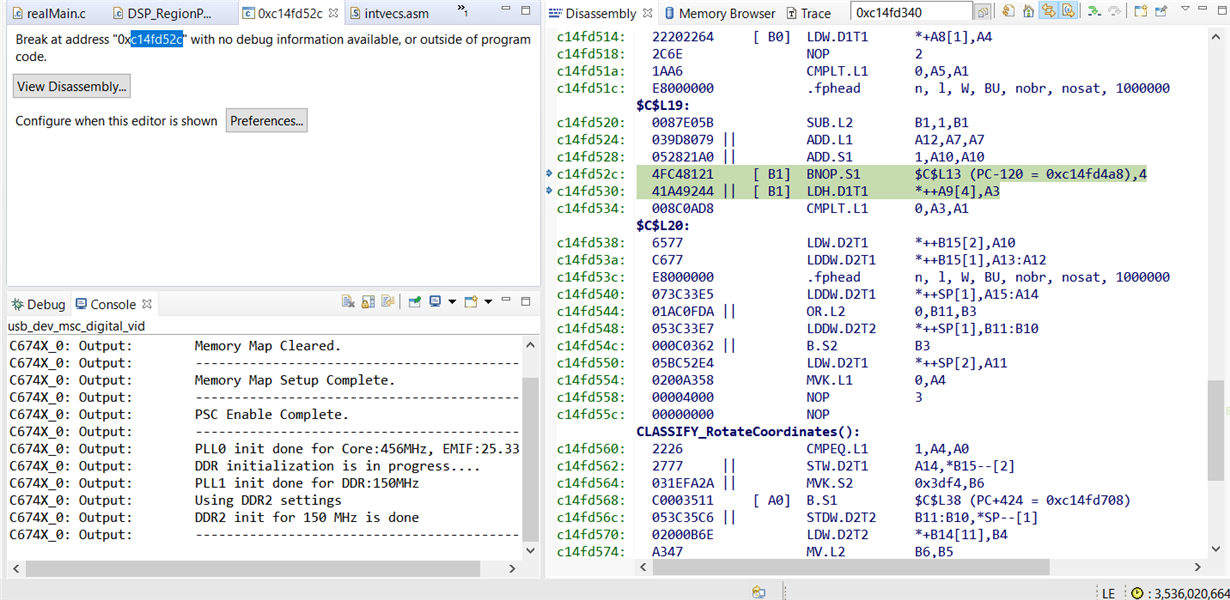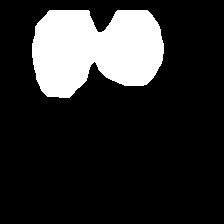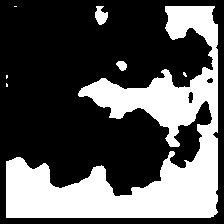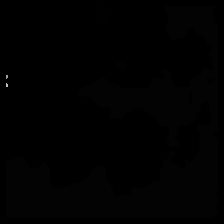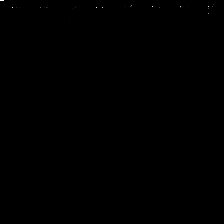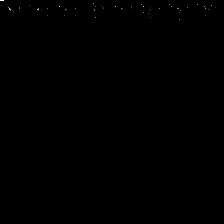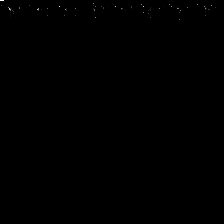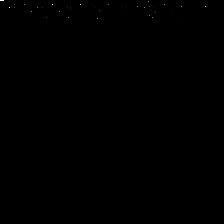Hey,
I have a problem with VLIB_createCCMap8Bit, it create wrong 8 bit map,
for this mask :

with minArea = 10
it gives a correct 8 bit map, but with two 103 values at index : (175,217), (176,217) (which cause a memory corruption in my case, since we support up to 10 regions)
Is this a known bug ?



